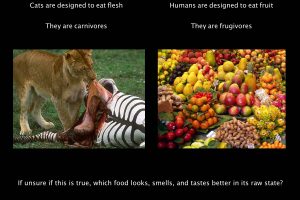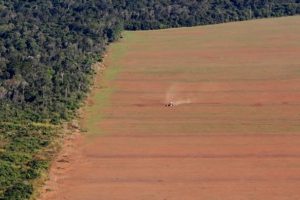Remember the Pollinators
If we talk about sustainability, we must consider the importance of bees in our ecosystem. It is estimated that 75% of the world’s flowering plants, and 35% of the world’s food crops, depend on animal pollinators to reproduce. In the United States, most of these crops are pollinated by honeybees. This requires truckloads of bees to travel across the country for pickup and delivery. The demand is so high that as of 2020, 100% of the bee supply is being used for crop pollination.
To make the situation more extreme, over the last couple decades, bee populations have suffered tremendous challenges and huge losses. These challenges are often grouped by the term “Colony Collapse Disorder”.
Colony Collapse Disorder is an abnormal phenomenon that occurs when the majority of worker bees in a colony die or disappear, leaving behind a queen, plenty of food, and a few nurse bees to care for the remaining immature bees.
The main reasons for Colony Collapse Disorder include modern pesticides and other chemical toxins in the bees’ environment, malnutrition, excessive transportation and poor beekeeping. Other reasons attributed to the disorder include parasites and pathogens, lack of biodiversity, electromagnetic radiation, and climate change.
We could write an entire book about this issue alone. Colony Collapse Disorder is a serious problem that affects humans as much as it affects bees. Our food supply is immensely dependent on these pollinators and without them, we might be unable to produce enough food to feed the growing population.
Fortunately, there is much we can do to take care of the bees. An easy option is to plant a bee-friendly garden, or create a habitat corridor with nectar-rich plants such as wildflowers. We can also grow flowers along roadways and in other public areas. Synthetic pesticides, fertilizers, and herbicides, should be avoided.
Perhaps the best way to help the bees is to plant more fruit trees. It is a fact that bees get most of their nectar from trees, given that when a tree blooms, it provides hundreds, if not thousands, of blossoms to feed from.
Trees are also essential to a bees habitat. The tree’s leaves and resin provide nesting material for bees, while their natural wood cavities make excellent shelters. Increasing our demand for fruits that grow on trees can help with supporting bees ecosystems, and reverse the detrimental effects of modern agricultural practices.
Previous Section:
Next Section:
Acknowledgments
Thank you for reading!
Please donate to help us publish this book.
PayPal: trevesbruno@gmail.com
Venmo: @Bruno-Treves



